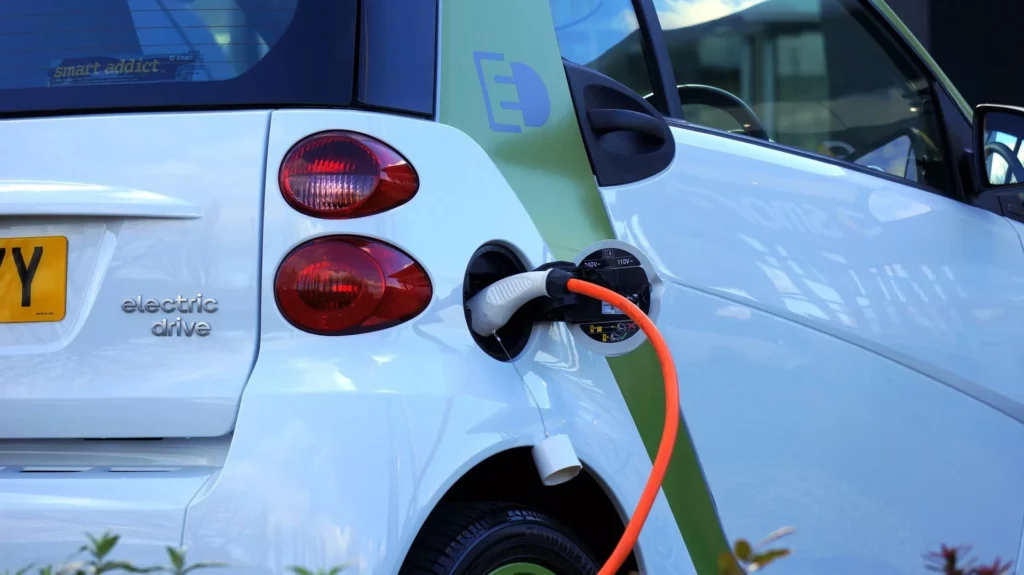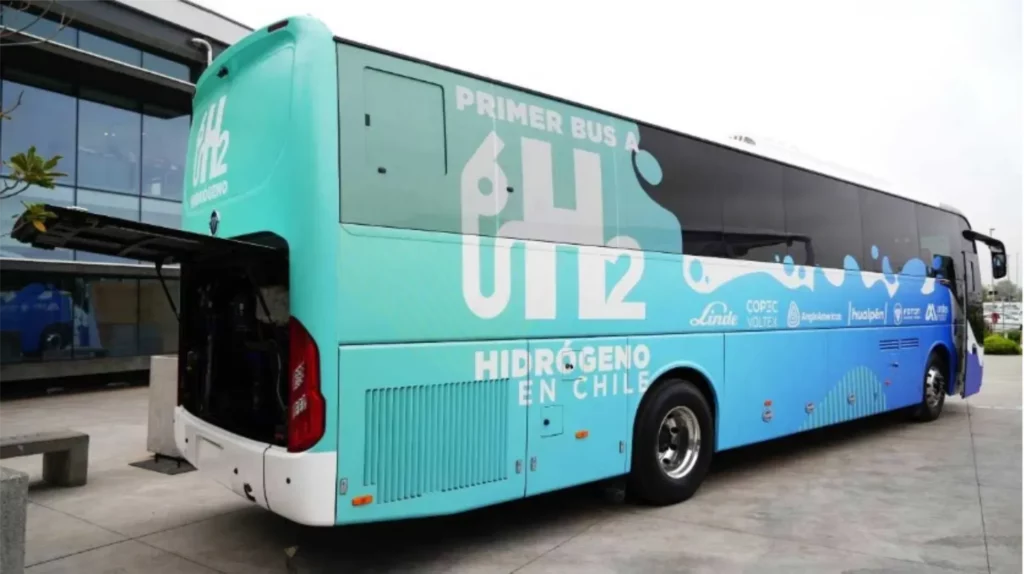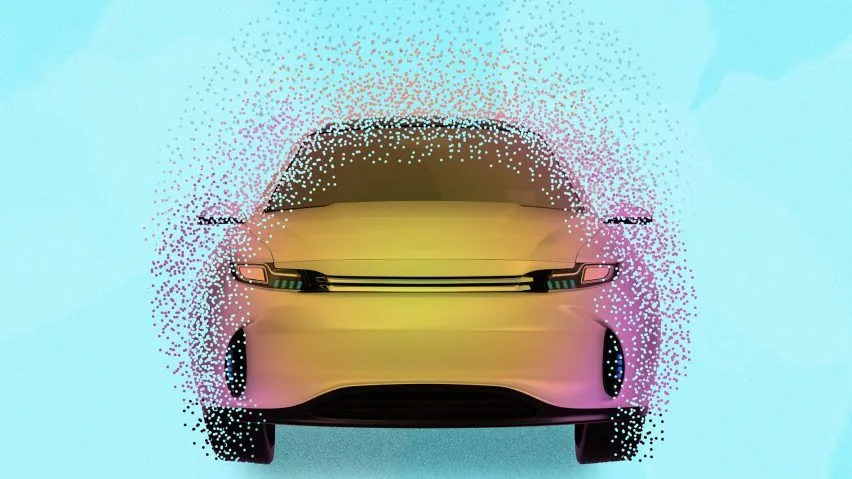Originally article extracted from The CityFix
Anna Kustar is a Research Analyst for the Urban Mobility program at WRI Ross Center for Sustainable Cities.
Ther Hein Tun is a Senior Transportation Research Associates at WRI Ross Center for Sustainable Cities.
You start the day frustrated, your alarm clock ringing 30 minutes earlier than usual to try to beat the thousands of other morning commuters out the door. Battling bottlenecks has become your daily drill, from the side road shortcuts to paying more for express lanes, anything to try to outsmart the gridlock that will make you late – again. It’s just a few kilometers, but it would be even longer by bus, and cycling is too dangerous. The grumbling engines and impatient honks create a dissonant symphony, a maddening soundtrack to accompany the unsettling orange of the sky, as cars idle bumper to bumper, inching their way somewhere.
Transport and mobility issues in cities affect almost everything in our day-to-day lives, from access to jobs and education, to air quality and climate emissions. The current trajectory for most cities is not good. Congestion is returning to pre-pandemic levels, with drivers in London and Chicago wasting an average of 155 hours in commuting traffic in 2022. In Germany, 51% of urban areas saw more delay than in 2019. Globally, road crash deaths reached 1.35 million in 2018 and are increasing, ambient air pollution is linked to an annual 4.2 million premature deaths worldwide, and transport is the second largest contributor to greenhouse gas (GHG) emissions in cities.
But, at the epicenter of these challenges, many cities are also leading on the innovations needed to create a sustainable and more equitable future.
The Toyota Mobility Foundation Sustainable Cities Challenge is an opportunity for cities wanting to resolve difficult problems related to sustainable mobility. The Challenge program presents a unique opportunity for cities to spur innovation in a new way, by connecting to local and global mobility innovators who can bring new ideas, processes or solutions. Advancing low-carbon mobility is one of the three thematic areas for the challenge, inviting participation from cities that want to explore ways to boost environmentally sustainable transport and expand residents’ access to opportunities.
Identifying Local Challenges
Cities all over the world are plagued with the same underlying set of connected problems: high rates of motorization coupled with low density sprawl fuel rising pollution, congestion and traffic collisions. The interplay between land use and transportation systems reinforces these challenges, creating a persistent, self-perpetuating “lock-in” effect. To escape this cycle, solutions cannot be one-size-fits-all, as each city has unique circumstances, from funding availability, demographics, infrastructure, weather patterns, social and cultural norms, and much more.
For example, Lima, Peru, has one of the fastest growing economies in Latin America, and as people’s wealth grows so does private motorization. However, of the 8.9 million people living in Lima, 1.2 million residents live in poverty and are dependent on public transport buses or informal minibuses and taxis. On the national level, GHG emissions from transportation contribute to approximately 40% of Peru’s national energy emissions. As the capital and most dense city, Lima needs cleaner, sustainable mass transit that is affordable and convenient and to slow the growth rate of private vehicle use.
In Los Angeles, a city infamous for long commutes and bad air quality, tailpipe emissions represent about 35-41% of all GHG emissions (compared to about 23% in the US). Unfortunately, while the city has invested in clean mobility, it has also expanded highways. Data from Los Angeles Metro shows increased driving from freeway expansion projects has more than offset all the anticipated emission gains from bus, rail, bike and walking investments.
Jakarta frequently ranks as one of the most polluted cities in the world, largely due to a combination of vehicle emissions and weather patterns that trap pollutants. The transport sector is responsible for 44% of air pollution, leading to the enforcement of random emissions tests on motorists, announced in August 2023. In 2020, the Government of Jakarta also committed to electrifying 100% of its Transjakarta bus fleet (over 10,000 vehicles) by 2030, which would benefit over 1 million daily passengers.
Dhaka has grown to one of the most congested cities in the world, with one motor vehicle for every one of its 20 million residents and the average driving speed dropping below seven kilometers per hour, 3.2 million working hours are lost each day. Authorities are attempting to cut back on vehicle ownership by taxing additional vehicles based on engine size, along with removing buses over 20 years old from the roads, as they spew black smoke during their slow crawl through traffic. However, bus drivers argue that replacing fleets will not resolve pollution because the problem lies in the lack of funds to maintain the vehicles, and new buses will also be highly polluting without air filter cleaning and oil changes. Therefore, congestion and high-sulfur diesel fuel should be addressed instead.
While these cities each have local differences, residents all want clean air and convenient mobility options that get them where they want to go on time. Cities applying for the challenge should identify the underlying problem, such as too many private vehicles on the road or declining public transport service, and form a challenge statement that calls upon innovators to propose alternative solutions.
Some solutions that have been successful include shared bicycle programs paired with improved bike lane infrastructure and low-speed zones, zero-emission last-mile freight solutions for goods and services, and electrifying or improving the efficiency of mass transit vehicles. Innovation challenges are particularly useful in this context because ideas can come from anywhere and can unlock novel approaches to common problems.
Calling for Low-Carbon Innovations
Low-carbon mobility is an important thematic area for the Sustainable Cities Challenge; outcomes can benefit every resident, from cleaner air to better access to jobs, safer streets and more thriving local economies. Once the challenge problem has been identified and clearly stated, the Sustainable Cities Challenge team will work with the city to draft a challenge statement, or a call for innovative solutions that will be shared with mobility experts, thinking through what support and incentives need to put in place to enable innovation to thrive.
We’re seeking cities that foresee a future with improved air quality, convenient mobility options and safe roads for all community members. The Toyota Mobility Foundation Sustainable Cities Challenge is open to applications from cities until September 18, 2023. If you work for a city and you’re interested in finding out more about the Challenge, and how you can unlock up to $3 million in innovation funding, find out more at sustainablecitieschallenge.org. If you have any questions before submitting your entry, you can email the Challenge team at info@sustainablecitieschallenge.org.
Asurza Engineers Ltd. – www.asurza.ca – Ontario, Canada.





